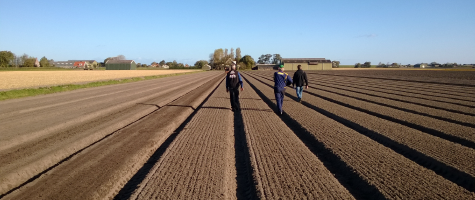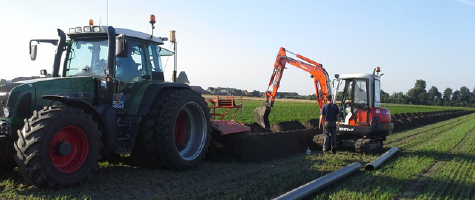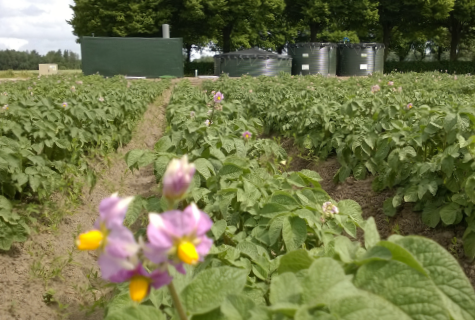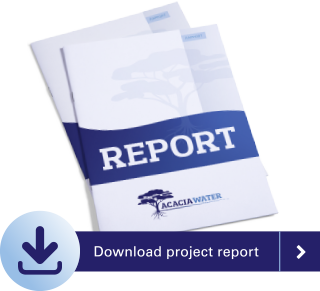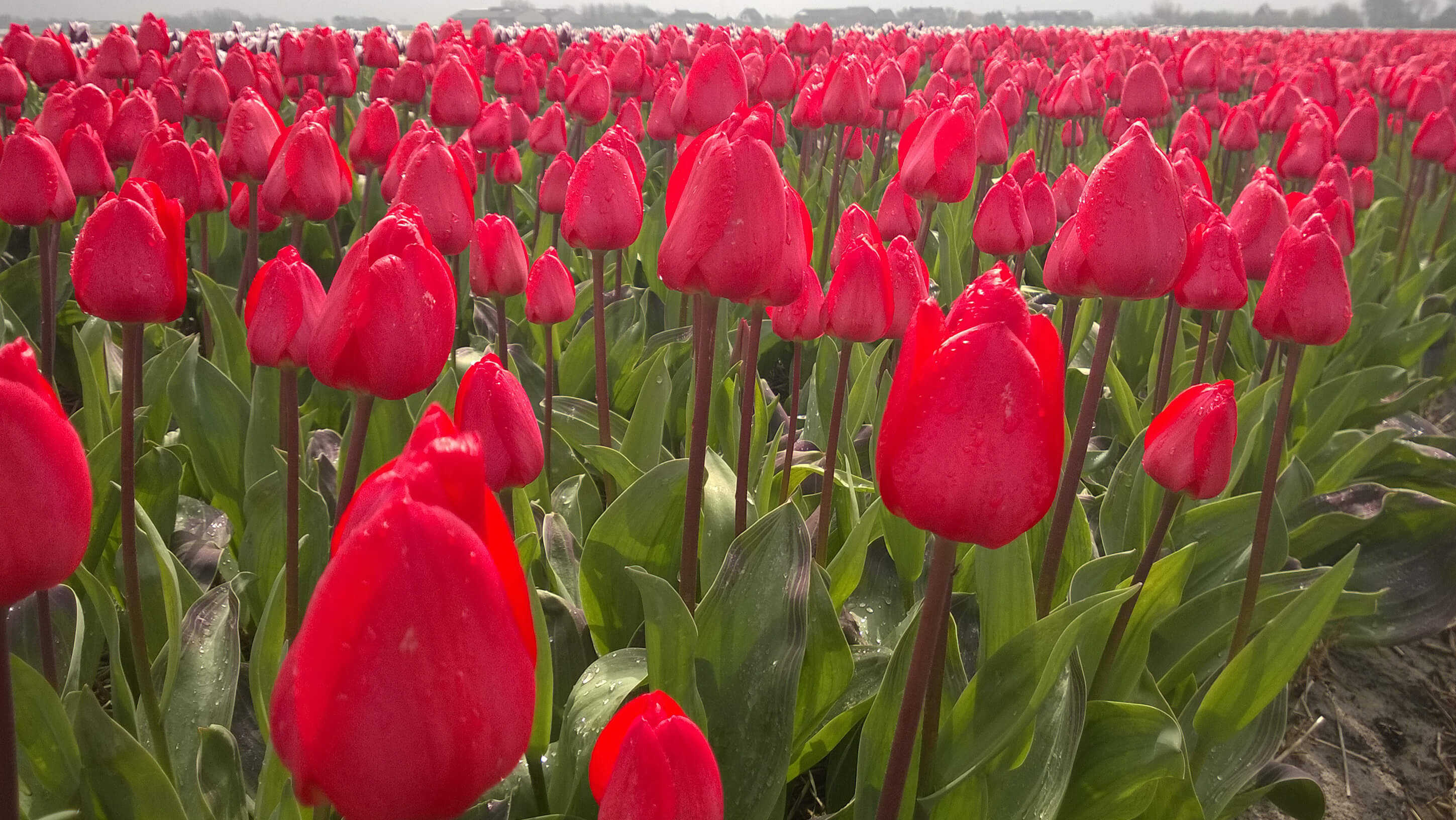
USING 'SPAARWATER' TO FIGHT SALINITYMore than just technology
In large parts of the Northern Netherlands, changing precipitation patterns, soil subsidence and sea-level rise are the cause of increasing saline seepage. Particularly farmers are affected by the resulting salinization. The Spaarwater project is conducting research in four locations in North Holland, Friesland and Groningen into various solutions to fight salinity and facilitate sustainable water consumption in the agricultural sector. Water harvesting on private farms, underground freshwater storage at business level, drip irrigation and drainage optimization are key in this project.
| |
The project – one of the climate pilot projects within the Freshwater Delta Programme – is carried out by a broad-based consortium under the management of Acacia Water. Water authority Hollands Noorderkwartier is one of the project partners and contributes financially to the project. Esmée Vingerhoed of Hollands Noorderkwartier stated: ‘It is our responsibility as a water board to distribute the water as intelligently and effectively as possible, or to harvest and store it. However, if there is hardly any rainfall, or none at all, and the River IJssel recharge is virtually nonexistent, we have no magic bullet to produce water. And a freshwater shortage causes problems for farmers. Obviously, we are not responsible for their operations, but we do want to drive the message home to them that they themselves are not powerless in these types of situations. That is why we participate in the Spaarwater project. The solutions that are studied within this project will provide farmers with tangible and sustainable tools to remedy the situation effectively themselves.’ |
|
Effects on the water system as a wholeClose involvement with the Spaarwater project is very interesting for the higher water board as well, as Vingerhoed pointed out. ‘One of the things we would like to study, for instance, is the effect of subsurface water buffering on the water system. What will happen if everyone starts doing this? Furthermore, we see a concomitant opportunity in the reduction of nutrient leaching. Closing the water loop at farm level is likely to lead to a reduction of phosphate and nitrate runoff into surface water. So we are also studying whether the solutions that are being tested in the Spaarwater project can contribute to achieving the goals as defined in the Water Framework Directive to improve the water quality.’ | |
| Using fresh water to push back salt waterThe water authority has been involved in the Spaarwater project from the very beginning. Vingerhoed recounted: ‘When I learned that Acacia Water was developing techniques to store and buffer fresh water in the soil, I knew that joining them would open up opportunities for us. Particularly our sandy bulb region may very well benefit from this solution.’ The study at the North Holland Spaarwater location takes place at a site in Breezand, in the municipality of Hollands Kroon, and focuses on drip irrigation. A freshwater bubble is created in the subsoil to push back the saline seepage water. This bubble gives farmers access to sufficient fresh water to irrigate their crops even in times of drought. The approach applied in each individual Spaarwater location varies slightly according to each site’s specific needs. ‘This depends on aspects including soil composition and land use. Breezand has sandy soil that is used for bulb cultivation. Other parcels are used to grow potatoes, for instance, and have clayey soil. The beauty of Spaarwater is that it studies a wide range of solutions within one single project.’ |
Trodding into the polder to meet the farmers in personVingerhoed is very pleased with the approach Acacia Water has adopted for the project. ‘Their approach centres on more than technology alone. What is most striking about it is the way they truly listen to people’s needs, actually trodding into the polder to meet the farmers in person. “What do you need? What will you be cultivating next year and which requirements should your water supply meet?”’ The discussions are not restricted to reclaimed land, the polders, as Vingerhoed pointed out. ‘They persuade parties who may benefit from this new type of water management to gather around the negotiating table. Besides individual farmers and agricultural organizations, this may concern provinces and water boards, for example. We are truly committed to finding ways to get ahead together and ensuring that everyone reaps maximum benefits from the project.’
Want to read more about this project? | |
Van Hogendorpplein 4 |
|---|
Location
Service
Newsletter
Search
IWRM & Catchment management | Strategical assessments | Urban planning | Innovative techniques | System specific approach

